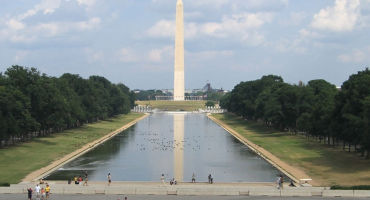The Fed’s balancing act — Since last year, the Fed has reduced its ownership of domestic securities by US$1 trillion through its QT program. Fed Chair Powell recently indicated the central bank would like to continue QT even when it starts to cut interest rates. No guidance was given, but we could potentially see another US$1 trillion – US$1.5 trillion of QT from here. Cumulatively, that could amount to an increase of 50 bps – 75 bps in longer-term yields. With the Fed wishing to keep optionality on rates alive, the yield curve is steepening, with the long end catching up to the short end as the term premium gets priced back into the curve.
A Fed that wants to stay higher for longer in order to bring down core inflation risks adding to the fiscal pressure and creating instability for the US sovereign market. It’s worth noting that higher real yields also pressure equity valuations and imply lower earnings growth in the future.
Somewhat paradoxically, the Fed is seeing more tightening now, as yields rise, than it did earlier in the year in response to its own tightening efforts. This means the Fed has more room to give ground on short rates if it chooses to. I don’t think we’re there yet, but my base case is that we’ll seen more evenhanded policy from the Fed toward year end (unless something bad happens).
Finally, I’ll be watching the Fed’s Jackson Hole meeting at the end of August for signs of a surprise in its thinking on inflation, QT, and rates. This year’s meeting topic — structural shifts in the global economy — opens the door to considering issues such as the impact of shifting demographics, the energy transition, and supply chains on inflation, growth, and employment.











Japan equity: Reason to believe
Continue readingBy
Toshiki Izumi, CFA, CMA